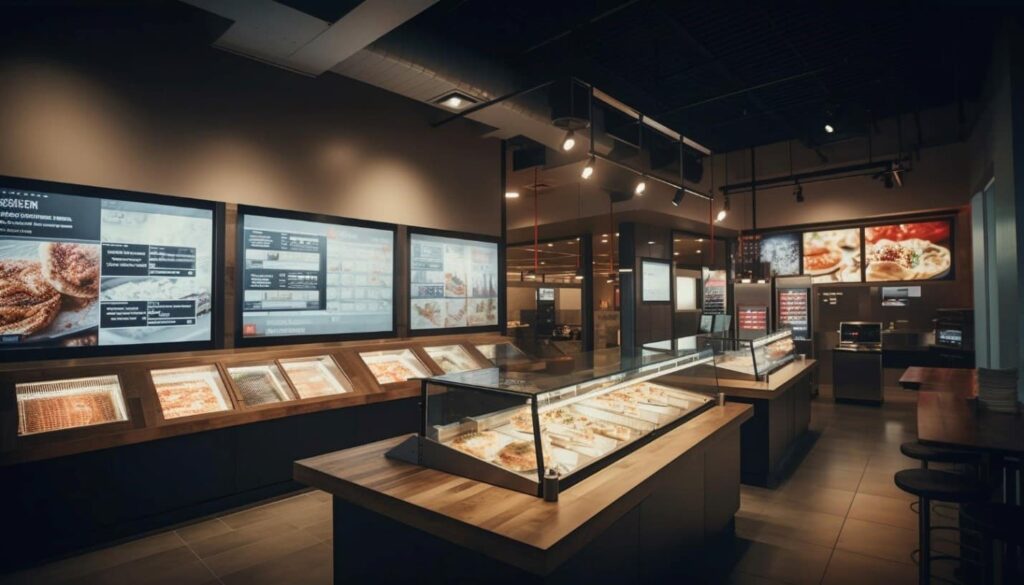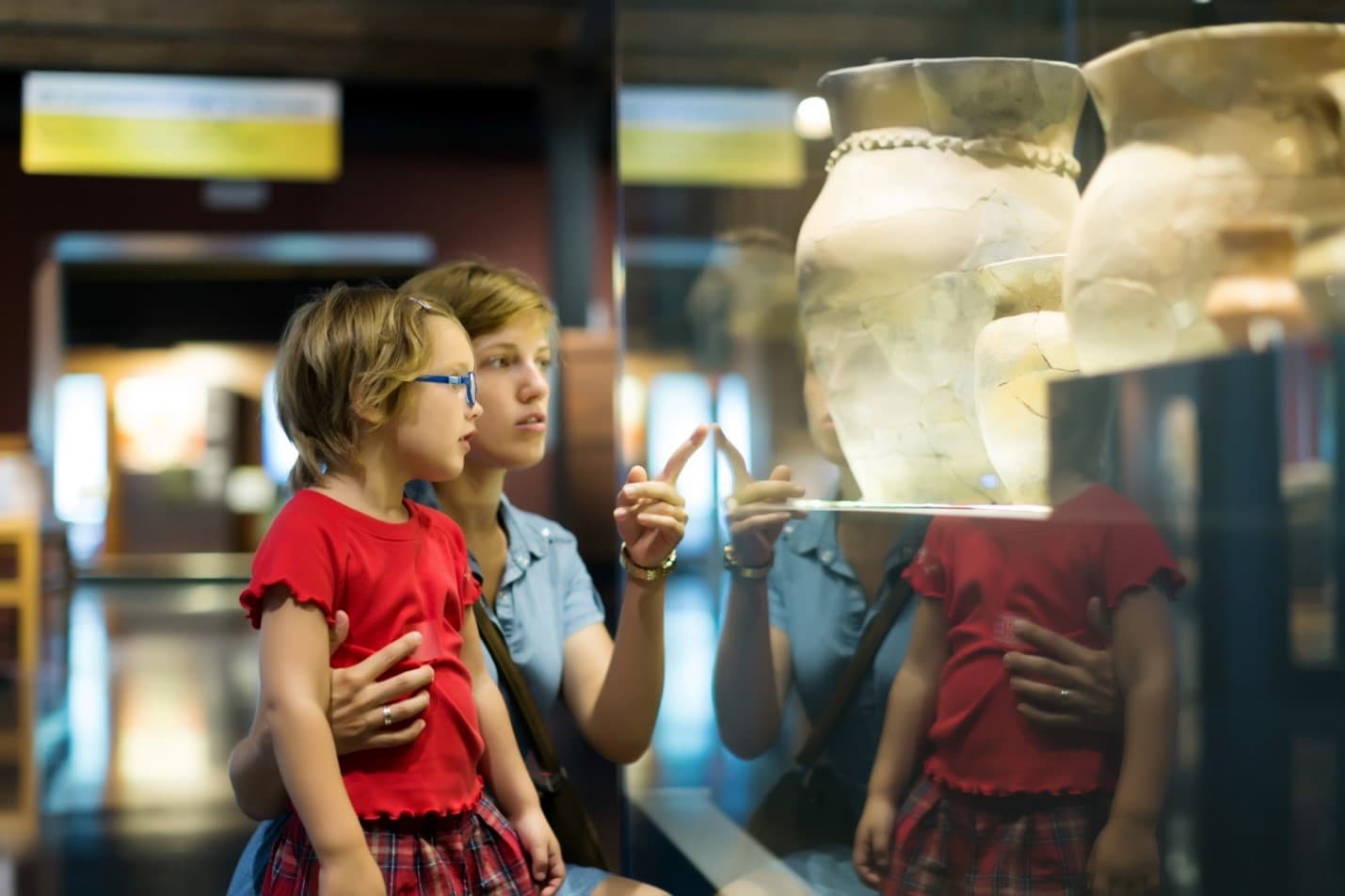In a constantly evolving world, museums stand as steadfast guardians of our cultural heritage, preserving and presenting the treasures of the past for the benefit of present and future generations. These institutions serve as vital hubs of education, inspiration, and connection, bridging the gap between the past and the present. This article delves into the multifaceted role of museums in society, examining their significance, challenges, and how they contribute to preserving our collective identity.
Unlocking the Past: Museums as Time Capsules
Museums are like time capsules that encapsulate the essence of bygone eras, allowing us to peer into the annals of history. Whether ancient artifacts, works of art, or archaeological discoveries, these repositories of human creativity and innovation provide us with tangible links to our ancestors. Through meticulously curated exhibitions and displays, museums transport us back in time, helping us understand our species’ cultural, social, and technological evolution.
Artifacts are the lifeblood of museums, and they hold a unique power to connect us with our roots. From the Rosetta Stone at the British Museum to the Terracotta Army in Xi’an, these relics tell stories that transcend time and language. They let us glimpse the lives and achievements of those who came before us, fostering a sense of shared history and identity.
Preserving Heritage: Guardians of Art and Culture
Preservation is at the core of a museum’s mission. These institutions employ experts in conservation, ensuring that fragile and aging artifacts are protected for future generations. The meticulous care and attention that go into preserving these treasures are often hidden from the public eye but are essential in maintaining their integrity.
One of the museums’ most significant challenges is the relentless march of time. Artifacts, paintings, and sculptures have degraded over the centuries, succumbing to environmental factors, natural decay, and sometimes even theft or vandalism. Museums employ cutting-edge technology and conservation techniques to combat these threats. Climate-controlled environments, restoration laboratories, and advanced security systems are just a few of the tools at their disposal.
Preservation isn’t just about safeguarding physical objects; it also involves ethical considerations. Museums grapple with issues related to the repatriation of cultural artifacts, as many items in their collections were acquired during colonization or conflict. Striking a balance between cultural preservation and respecting the rights and wishes of indigenous communities is an ongoing debate in the museum world.
Education and Enlightenment: Museums as Learning Centers
Beyond preservation, museums serve as dynamic educational hubs. They offer a wide range of programs and resources to engage and enlighten visitors of all ages. These institutions, from interactive exhibits to guided tours and workshops, are invaluable in fostering a deeper understanding of our cultural heritage.
Museums create immersive learning experiences that cater to diverse learning styles. Visitors can touch, hear, and see history come alive through interactive displays. Children, in particular, benefit from hands-on learning, as it sparks curiosity and nurtures a lifelong love for history and culture.
Museums are not just for school field trips; they also cater to lifelong learners. Lectures, seminars, and special exhibitions cater to adults seeking to expand their knowledge and explore new interests. Museums thus play a crucial role in promoting intellectual growth and personal development.
Connecting Communities: Museums as Cultural Hubs
Museums are not isolated entities but integral parts of the communities they serve. They contribute to local economies, attract tourism, and serve as spaces for cultural events and gatherings. These institutions bridge the gap between the past and the present, fostering a sense of pride and belonging.
Museums increasingly recognize the need to reflect the diversity of society in their exhibits and programs. They strive to create inclusive spaces where people of all backgrounds can see their own stories represented and engage with the stories of others. This fosters mutual understanding and respect in an increasingly multicultural world.
Museums also play a role in international relations by promoting cultural exchange and diplomacy, loaning artifacts and artworks to other countries for exhibitions, and fostering cooperation and goodwill. These exchanges strengthen diplomatic ties and enhance mutual appreciation of global cultural diversity.

The Digital Frontier: Museums in the Digital Age
In the digital age, museums embrace technology to expand their reach and impact. Virtual tours, online collections, and interactive websites enable people from around the globe to explore museum offerings from the comfort of their homes. This digital presence enhances accessibility and brings the treasures of museums to a broader audience.
Cutting-edge technologies like virtual reality (VR) and augmented reality (AR) are employed to create immersive online museum experiences. Visitors can now take virtual journeys through ancient civilizations, interact with historical figures, and explore artworks in unprecedented ways.
Digital platforms have allowed museums to extend their influence beyond geographic boundaries. People who may have yet to have the opportunity to visit a specific museum in person can still engage with its collections and educational resources online. This global accessibility contributes to the democratization of culture and knowledge.
The Future of Museums: Adapting to Change
Museums, like all institutions, must adapt to changing times. As technology, societal values, and environmental concerns evolve, museums must remain agile and relevant. Sustainability, inclusivity, and community engagement will continue to be driving forces in shaping the future of these cultural bastions.
Museums increasingly adopt sustainable practices, from eco-friendly building designs to responsible collection management. By reducing their carbon footprint and advocating for environmental awareness, museums contribute to a more sustainable future for our planet.
Innovation is critical to staying relevant. Museums are exploring new ways to engage audiences, from immersive exhibits to cutting-edge digital experiences. By embracing innovation, these institutions can continue to captivate and educate visitors in an ever-changing world.
Conclusion: Museums as Guardians of Our Cultural Legacy
In a rapidly changing world, museums remain steadfast as guardians of our cultural heritage. They unlock the mysteries of the past, preserve our collective identity, and foster education, understanding, and connection within our societies. As we move forward, we must continue to support and cherish these invaluable institutions, ensuring that they can carry their mission into the future, enriching the lives of future generations.
Preserving our cultural heritage is not just the responsibility of museums; it is a collective duty of society. By recognizing museums’ vital role and actively participating in their endeavors, we can ensure that our shared history endures and our cultural legacy remains vibrant and accessible.
